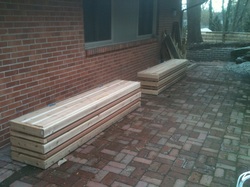
Shortly after publishing that last piece, they contacted me once again to discuss some storage units they wanted constructed that could double as spillover seating during the outdoor entertainment season. (You don’t get to incorporate quirky design items in your garden unless you are a collector of stuff – and that stuff needs somewhere to be staged easily).
The requirements were simple – benches that matched the existing fencing, easy access for storage, and the ability to store long pieces of materials. They also wanted the ability to move them around as necessary, and use them either independently or together as one unit.
Here’s what I came up with.
Additionally, I constructed one end of each bench unit with a removable panel that can be taken off when the client wants to position the two benches directly next to each other, with one continuous 16’ l storage space.
The end panels are attached using a simple hook design, that allows for them to be easily fastened to the benches when the client wants to position them independently.
Quick. Simple. Effective. Attractive. Check, check, check and check. These are the kind of fun creative projects we love to do. Looking for some outside-the-box ideas for your yard? Give us a call – we just might have the perfect idea for you!
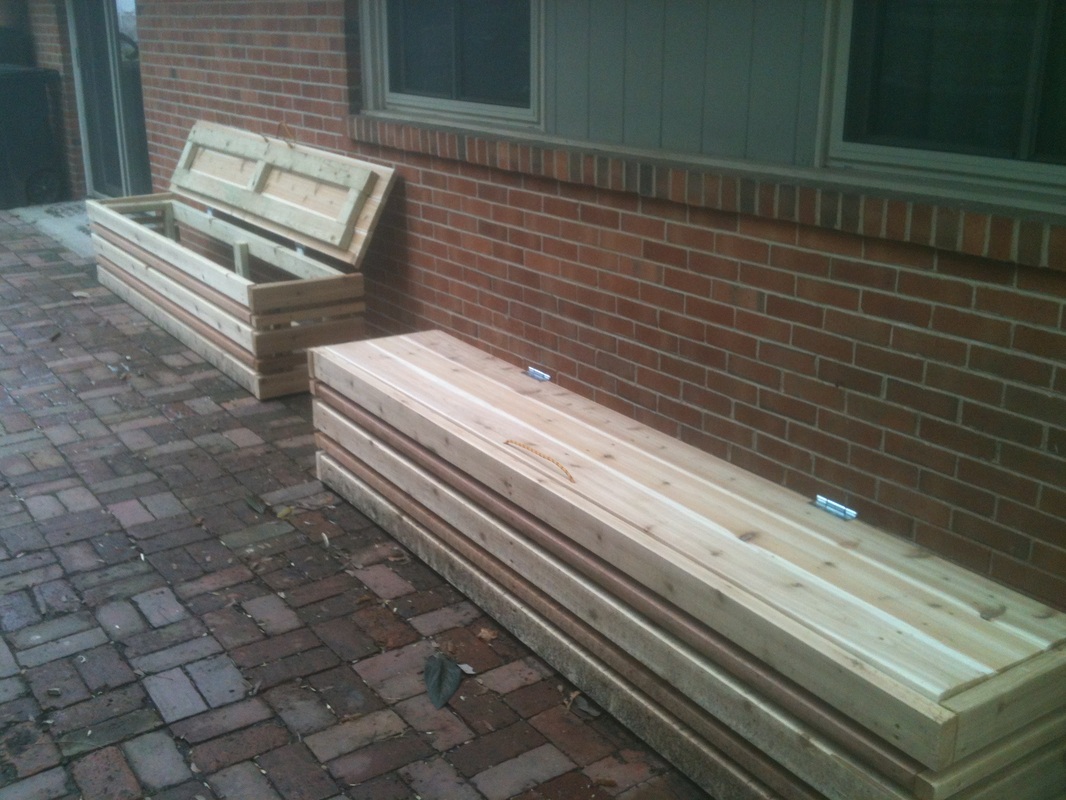
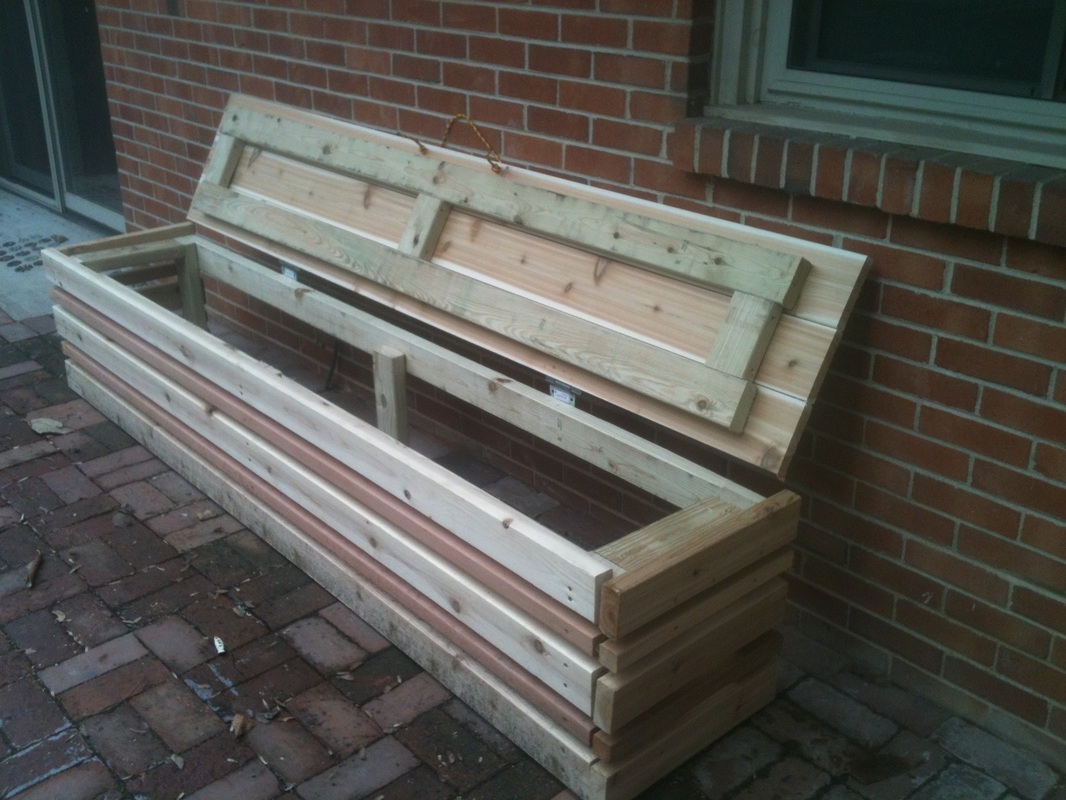
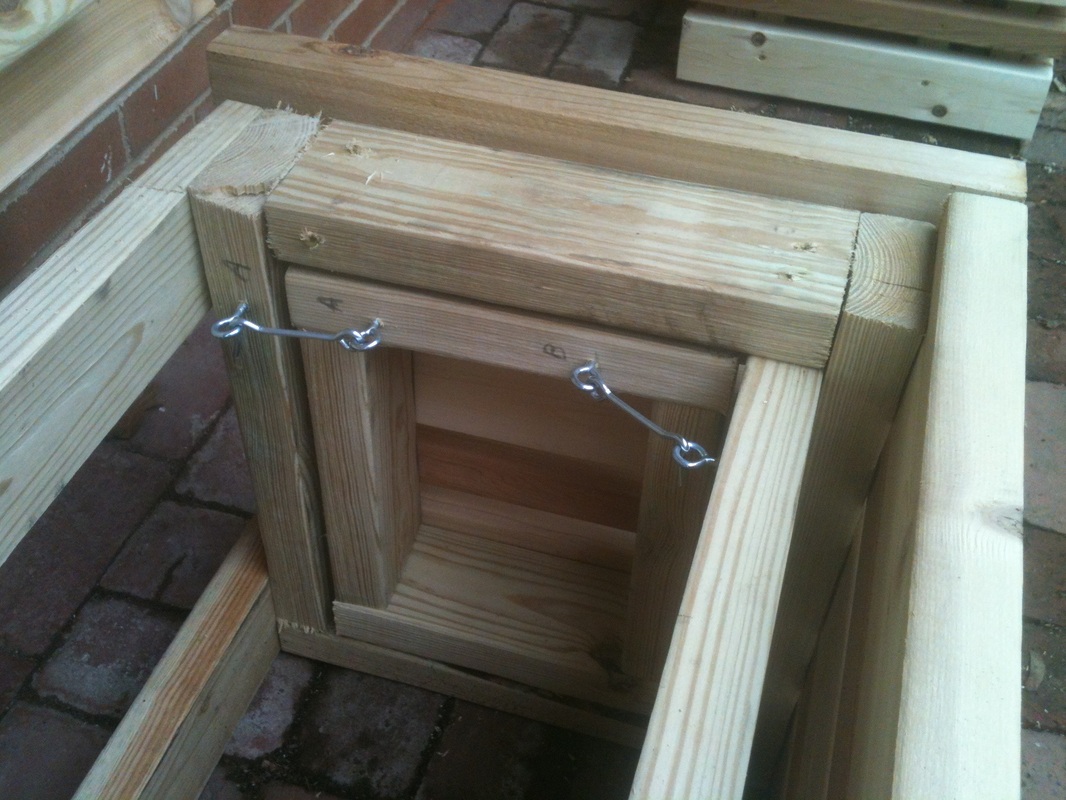
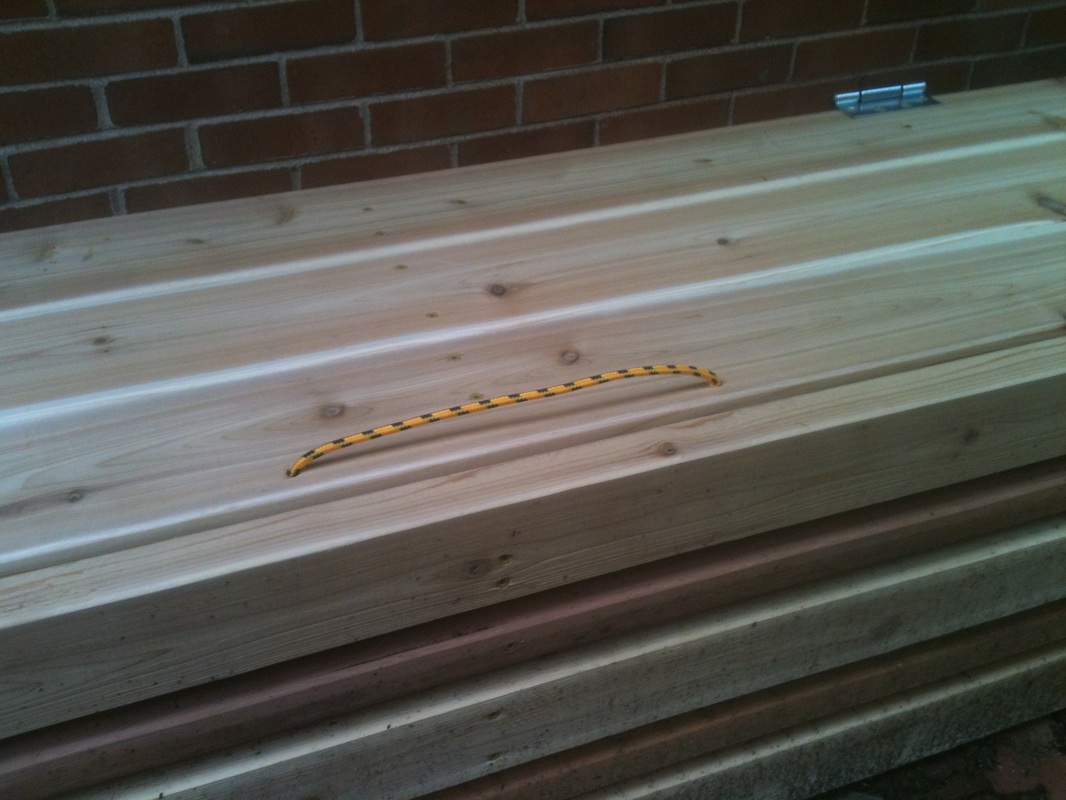
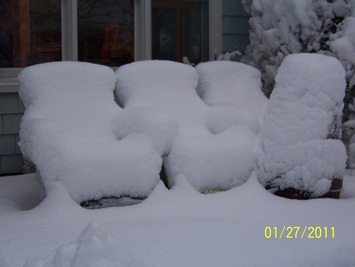
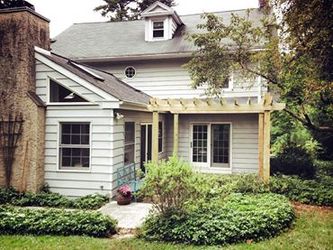
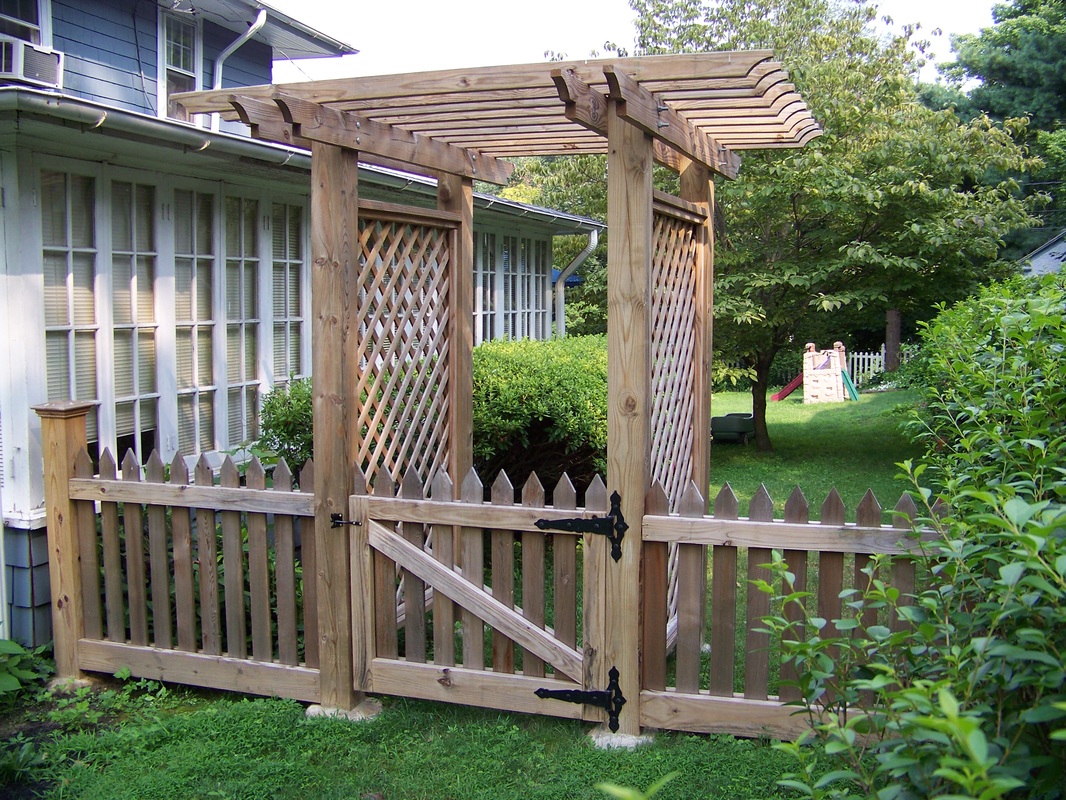
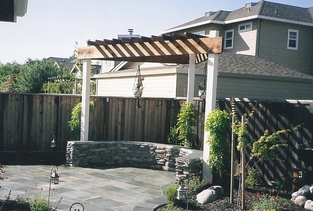
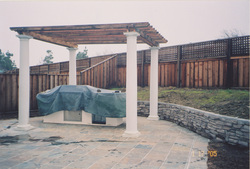
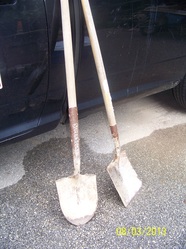
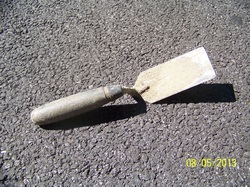
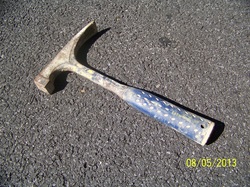
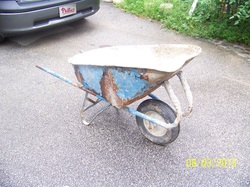
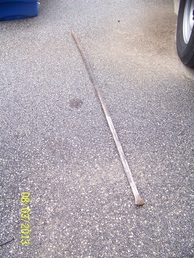
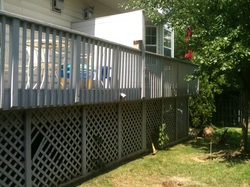
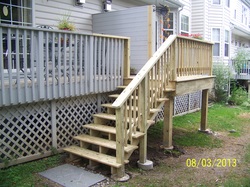
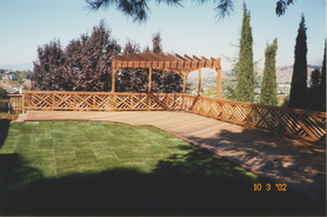
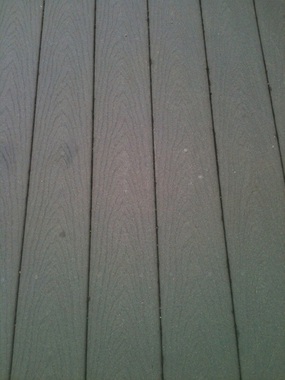
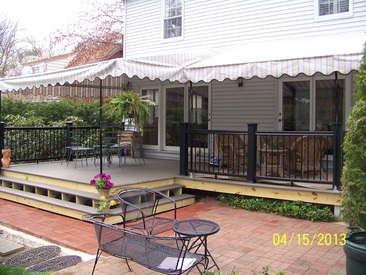
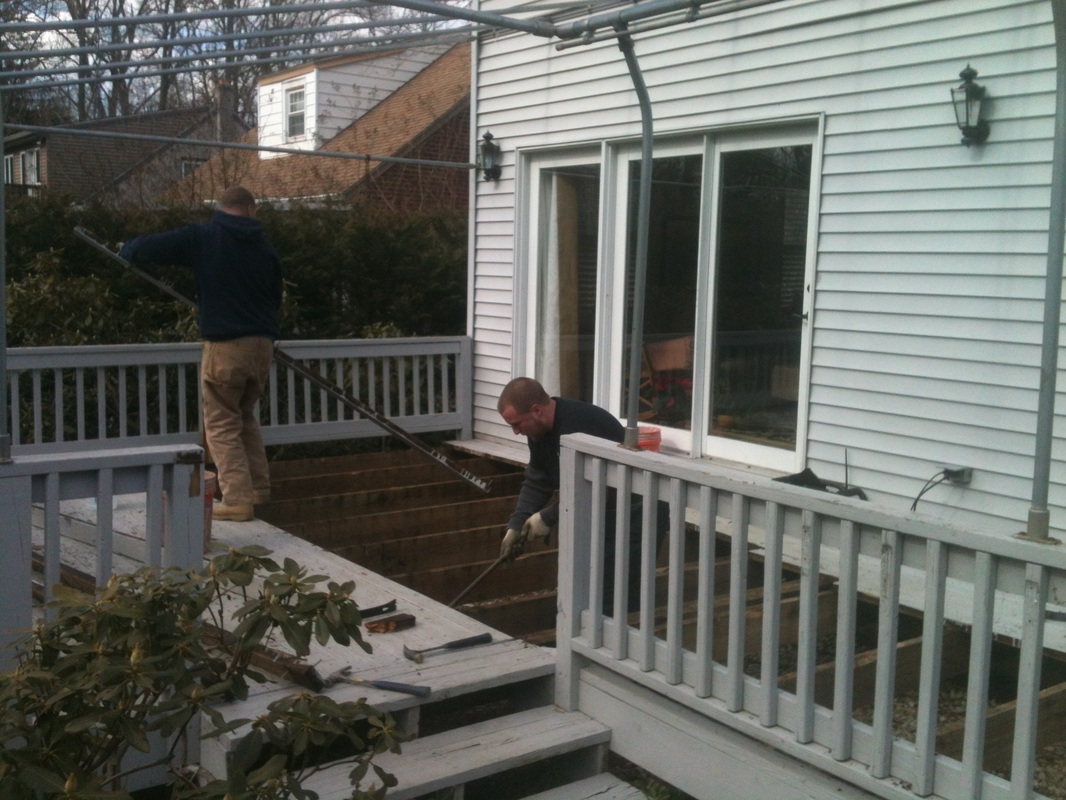
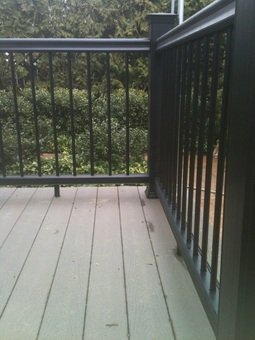
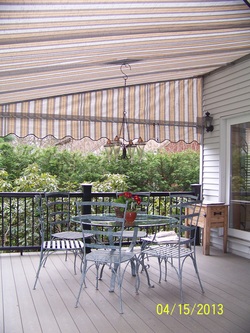




 RSS Feed
RSS Feed